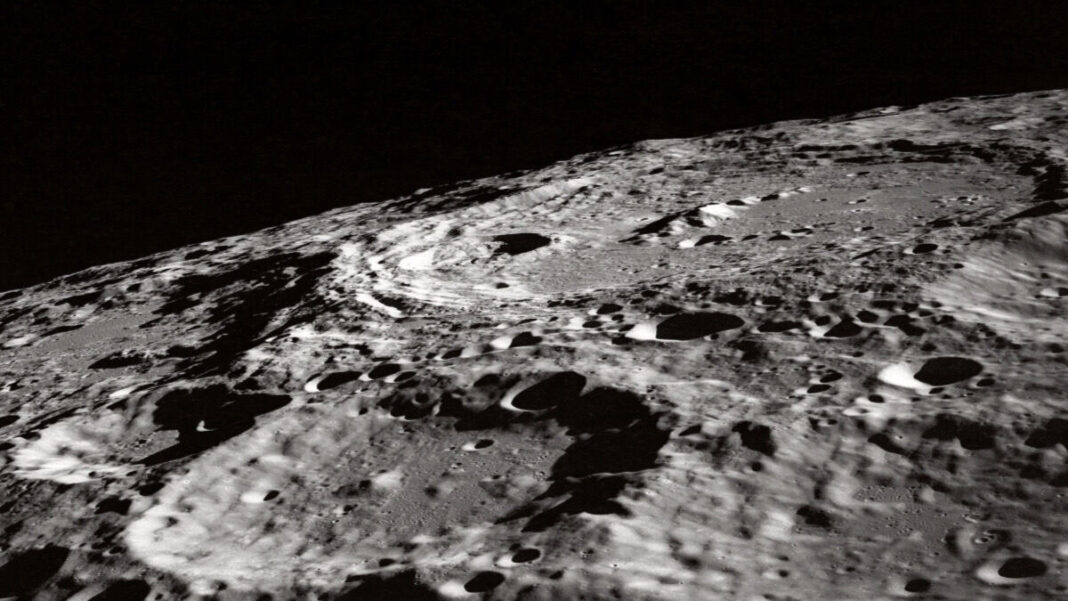UNITED STATES: Researchers believe that Moon dust can help to stop the earth from warming as a result of the effects of climate change. Scientist suggests that there might be a solution on the Moon’s surface.
Moon dust’s role in controlling climate change
The Moon’s surface dust could block enough solar radiation to lessen the effects of climate change. Additionally, it has been suggested by researchers that this dust might be launched from a space station that is positioned halfway between Earth and the Sun.
According to a study published in PLOS Climate, space-based methods for controlling solar radiation offer an alternative to lessening the effects of climate change. Well-placed spacecraft, such as a big screen or a cluster of tiny artificial satellites, can effectively block the sun from Earth at the L1 Lagrange point.
For many years, researchers have wondered whether it could be possible to reduce the impacts of global warming by employing objects, screens, or dust to block between 1% and 2% of the sun’s light. The team, led by scientists from the University of Utah, examined various dust particle characteristics, dust amounts, and the optimal orbits for shading Earth.
The scientists discovered that the most efficient method would be to shoot dust from Earth to a space station at the “Lagrange Point” (L1) between Earth and the sun, but this would be extremely expensive and time-consuming. They claim there is a less expensive option, but it will require firing lunar dust from the moon.
Ben Bromley, the study’s principal author, said in a statement, “If we took a small quantity of material and put it on a specific orbit between the Earth and the sun and split it up, we could block out a lot of sunlight with a little amount of mass.”
The group of astronomers employed a method designed to investigate planet formation around far-off stars, which is their primary area of study.
The study’s co-author, Scott Kenyon, remarked, “It is amazing to think about how moon dust, which took more than four billion years to form, might assist in addressing climate change, a problem that was created by humanity in less than 300 years.”
The scientists simulated launching test particles along the L1 orbit in the first scenario, taking into account the positions of Earth, the Sun, the Moon, and other planets in the solar system.
The simulation demonstrated that, if launched correctly, the dust would move in such a way as to pass between Earth and the sun, essentially casting shade over the planet—at least temporarily.
They then fired lunar dust from the moon’s surface towards the sun and discovered that it had the ideal mix of qualities to function as a sun shield. The scientists experimented with several lunar dust scattering paths as part of their simulation until they discovered stellar sun-shielding trajectories that were directed at L1.
“We lack the sophisticated knowledge required to comprehend climate change or move mass from one place to another. We’re just testing different kinds of dust in different orbits to see how effective this approach might be. We don’t want to overlook a game-changer in a scenario this critical,” said Bromley.
Also Read: NASA’s James Webb Telescope Captures a Galactic Crowd



